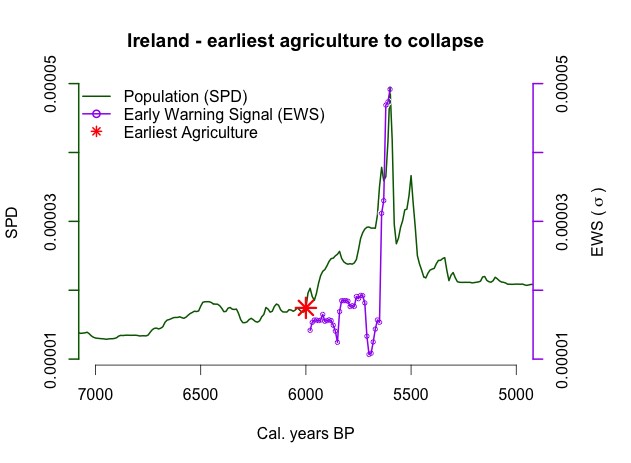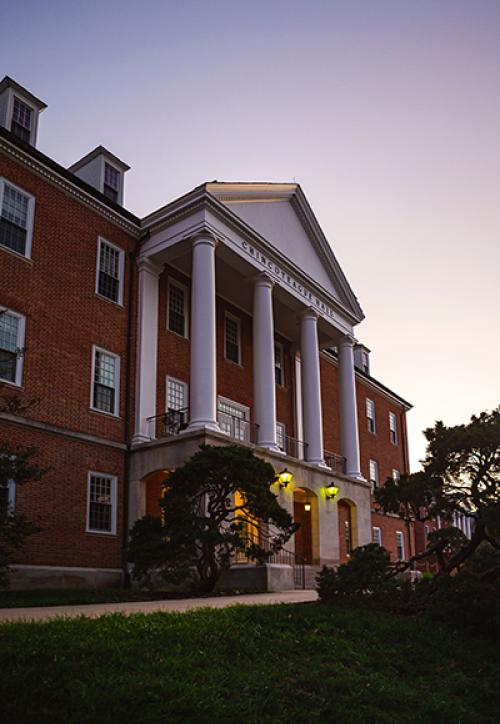UMD Research Uncovers Warning Signs for Stone Age Population Collapse
Following the arrival of early agricultural crops from southwest Asia, ancient European societies experienced a series of population booms followed by a collapse that historical scientists are still working to explain. New research from the University of Maryland published in the Proceedings of the National Academy of Sciences (PNAS) uncovers indicators—called early warning signals—that foretold of this dramatic shift in population long before it happened.
 Led by Sean Downey, PhD, an assistant professor in the Department of Anthropology, the UMD research team analyzed a catalogue of radiocarbon dates from the European Neolithic period (Stone Age), which began roughly 8,000 years ago. In 2013, it was Downey and colleagues who first discovered the boom-bust cycle in ancient Europe, but the researchers next wanted to determine whether statistical patterns could be detected that preceded the population decline.
Led by Sean Downey, PhD, an assistant professor in the Department of Anthropology, the UMD research team analyzed a catalogue of radiocarbon dates from the European Neolithic period (Stone Age), which began roughly 8,000 years ago. In 2013, it was Downey and colleagues who first discovered the boom-bust cycle in ancient Europe, but the researchers next wanted to determine whether statistical patterns could be detected that preceded the population decline.
“To our knowledge, this study is the first to find early warning signals of major demographic shifts among human populations,” Downey said. “You need long time sequences to show these collapses or shifts are coming. And although we have seen studies showing this in biology and ecology, nobody’s ever shown it for humans, mainly because the data requirements are very high.”
Understanding why ancient populations experience rapid growth or decline is monumentally important to the health of modern societies, Downey suggests, in order to prevent the past from repeating itself. In this instance, the invention of human agriculture served as the catalyst for major population changes that led to an eventual collapse. Downey explains that there is relevance to contemporary debates over whether modern technological developments can continue to outpace rapidly increasing population growth.
“Our population structure is being perturbed by our behavior,” Downey said. “Technology may not necessarily buffer us from all the consequences of rapid population growth. In fact, it may have been innovations in agricultural technology that triggered the kinds of instability we’ve seen during the European Neolithic Period.”
Downey is hopeful the statistical framework developed in this research will provide a way to analyze complex dynamics in human populations and ultimately help the emerging field of sustainability science monitor and prevent catastrophic consequences of societal shifts.
“You have to look at these issues from an evolutionary time frame and we simply don’t have the data to be able to do that except from archaeology,” Downey said. “The historical sciences contain information that can help improve the resilience of modern society.”
Downey’s research team included W. Randall Haas, Jr., a post-doctoral associate in the UMD Department of Anthropology, and Stephen J. Shennan, Professor of Theoretical Archaeology for the Institute of Archaeology at University College London.

Early warning signals (EWS) increase before Early Neolithic population collapse in Ireland. Image courtesy of Sean S. Downey, University of Maryland.
Published on Mon, Aug 29, 2016 - 3:55PM



